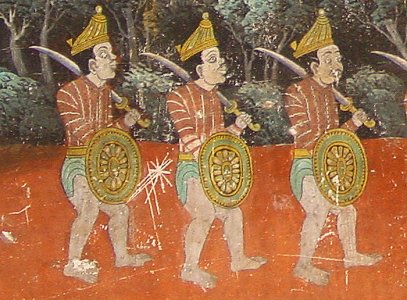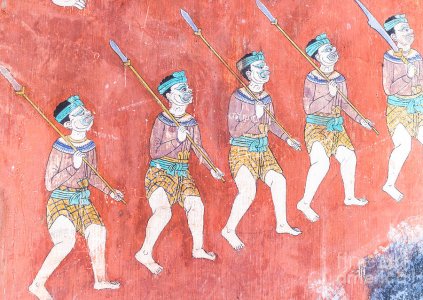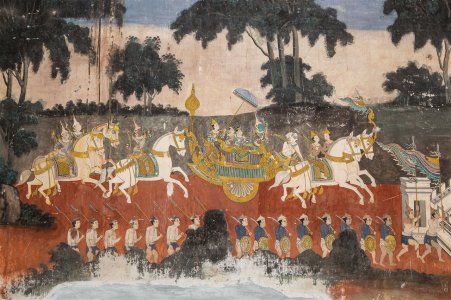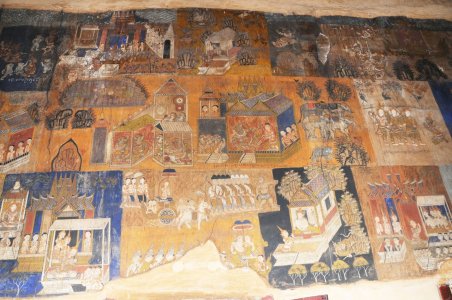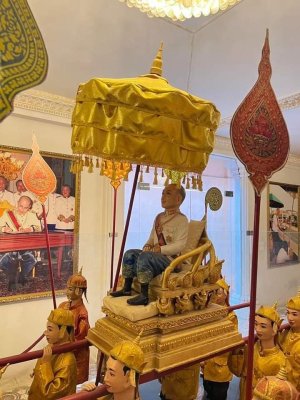Well, I was referring to your Spanish "tropical" pikeman https://forums.civfanatics.com/resources/spanish-tropical-colonial-soldier.30403/.
As I said above, minimizing the protection of pikemen quite reached the point of complete absence, a quilted unit is a good intermediate option.
Although this particular form of quilting (escapel) is considered borrowed from the Aztecs, in fact, the same thing flourished in the Iberian countries long before Cortes + there were many various figures in soft armor in general (the so-called "dry spears" in England, etc.).
As I said above, minimizing the protection of pikemen quite reached the point of complete absence, a quilted unit is a good intermediate option.
Although this particular form of quilting (escapel) is considered borrowed from the Aztecs, in fact, the same thing flourished in the Iberian countries long before Cortes + there were many various figures in soft armor in general (the so-called "dry spears" in England, etc.).
Really. The nuance is that the unit consists of figures with different graphics, and the civilopedia shows the unit in ordinary iron armor. It was necessary to watch in the game, yes.I saw that Bakul had made some Moro warriors wearing compound armor, and as heavy pikemen, you can find them in the Austronesia Unit Pack in RI





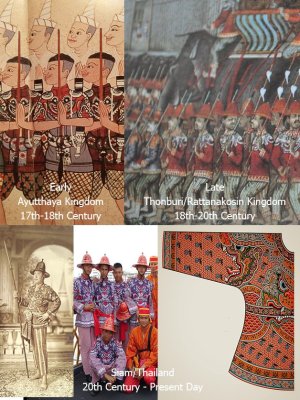
 .
.
